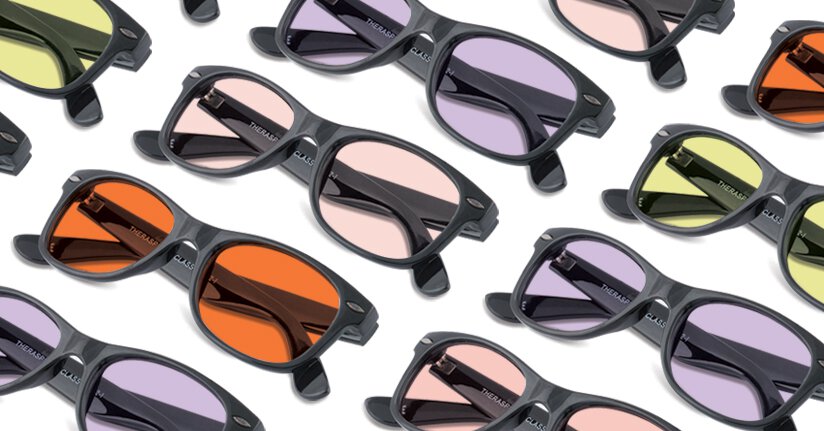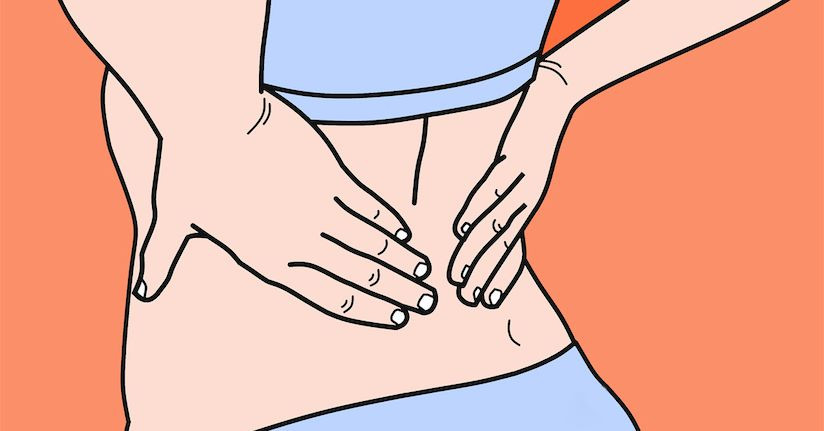When Touch Hurts: An Introduction to Allodynia
Does it ever feel like your hair hurts during a migraine attack? Do sunglasses feel too heavy or uncomfortable on your nose? Does gentle touch feel painful to you? Are you irritated by the sensation of makeup or lotion on your skin? These are all examples of allodynia, which is a common migraine symptom but can also occur in people who don’t have migraine.
Allodynia literally means “other pain” and it refers to pain caused by a stimulus that is not normally painful. As many as 80% of people with migraine experience allodynia during a migraine attack. Allodynia only refers to stimuli that do not normally cause pain, not when something that normally causes pain is even more painful (that’s called hyperalgesia).
Allodynia comes in three different types:
- Static tactile or mechanical allodynia: sensitivity to a hat or pain when resting your head on a pillow.
- Dynamic allodynia: pain from brushing your hair or shaving your face.
- Thermal allodynia: pain when exposed to heat or cold.
Allodynia varies in severity from one person to the next. In it more common in people who:
- have migraine (rather than tension-type headache or other types of headache disorders)
- have migraine with aura
- have frequent migraine attacks
- have severely disabling migraine attacks
- have had migraine attacks for many years
- are women
- are overweight
- smoke
- were emotionally abused as children
All these factors are also considered to be risks that a person’s migraine attacks could worsen in frequency or severity. This makes allodynia an important piece of the migraine puzzle—it could help determine when to begin preventive treatment and determine a person’s response to acute migraine treatment. More research is required to find out exact details, but doctors and researchers have begun identifying connections between allodynia, migraine progression, and migraine treatment.
Be sure to tell your doctor if you think you might have allodynia—it could help them make better decisions about the best treatment for your migraine attacks.
REFERENCES
Landy, S., Rice, K., & Lobo, B. (2004). Central sensitisation and cutaneous allodynia in migraine. CNS drugs, 18(6), 337-342.
Louter, M. A., Bosker, J. E., van Oosterhout, W. P., van Zwet, E. W., Zitman, F. G., Ferrari, M. D., & Terwindt, G. M. (2013). Cutaneous allodynia as a predictor of migraine chronification. Brain, awt251.
Mathew, N. T., Kailasam, J., & Seifert, T. (2004). Clinical recognition of allodynia in migraine. Neurology, 63(5), 848-852.
Tietjen, G. W. Allodynia: When Touch Hurts But Shouldn't. American Council for Headache Education fact sheet. Retrieved Jan. 19, 2016 from http://www.achenet.org/resources/allodynia_when_to...
TheraSpecs Glasses for Light Management
Try our light-filtering glasses and stay protected against harsh light from screens, fluorescents, LEDs, unwanted blue light, bright sunlight, flashing lights, and more.





